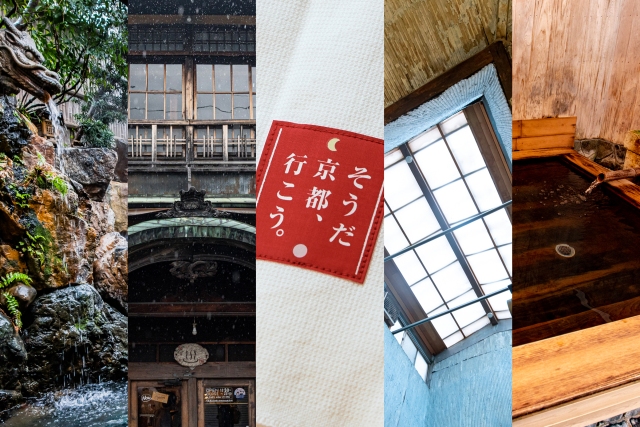
Step back in time as we explore Kyoto’s hidden onsen culture.
There’s so much to see and do in Kyoto that you could spend a lifetime discovering new gems in the historic old capital. One way to methodically tick these hidden gems off your must-see bucket list is by dividing them up into categories like historic sites, restaurants, stores, and bathhouses, and for that last category, Japan Rail has a way to help us out.
Called “Zen to Yu Totonou Kyoto“, which translates to “Kyoto Ready: Zen and Hot Springs“, this is a special self-guided tour campaign that’s only available from 7 January to 13 March. Our Japanese-language reporter Egawa Tasuku was recently invited to try the tour for himself, so let’s join him on his journey through the hot spring section of the deal to find out what it’s all about.
▼ Pamphlet for “Zen to Yu Totonou Kyoto“
When Egawa arrived in Kyoto for the tour, he was surprised to find that a lot of public baths are in easy walking distance from the busy hub of Kyoto Station, and the city still has over 100 public baths in business — no mean feat in this day and age, when bathhouses are sadly going out of business around the country.
Before he set off to his hotel for the night, Egawa stopped in at the JR Tokai Tours branch, located at the central Shinkansen exit at Kyoto Station to pick up his “Totonou Set”, sold by JR Central for 2,000 yen (US$17.44).
▼ The set includes a gorgeous towel with a label that reads, “Yes, Kyoto, let’s go.“
The Totonou Set is just one of the options in the campaign, and it’s a good deal as it includes bathing tickets for select bathhouses belonging to the Kyoto Prefectural Bath Association, numbered tickets for worshiping at participating temples, and a map summarising all the public baths, temples, and restaurants you can visit as part of the promotion.
▼ Egawa decided to dive into the bathhouse section of the tour first, starting with a visit to Funaoka Onsen.
Funaoka Onsen is a little far from Kyoto Station compared to other public baths in the city, but it’s very famous. The bathhouse has 807 reviews and 4.3 stars on Google as of this writing, which is an impressively high rating for a humble public bathhouse in Kyoto.
▼ When the long noren is up at the entrance, this onsen is open for business.
Funaoka Onsen has been designated a Tangible Cultural Property, and though the wooden building itself dates back to 1923, the interior is modern and spacious.
▼ It’s also beautifully light and airy.
▼ In addition to the main public bath, there’s also a sauna…
▼ …and a spick-and-span washing area, with a cypress bath here as well.
▼ Outside is a beautiful courtyard area, where you can view carp swimming in a tranquil pond.
This is where visitors can soak in open-air baths with an amazing atmosphere. Check out the dragon spouting hot water from its mouth!
▼ One of the few places in Japan where you can bathe beneath a spouting dragon.
The beauty isn’t solely reserved for the bathing areas — the ceiling of the dressing room is beautifully carved with an image depicting the long-nosed Kurama Tengu, a mythical creature believed to have lived on nearby Mt Kurama.
In Tokyo, a visit to a hot spring will set you back around 1,000 yen, but the usage fee for Funaoka Onsen is just 450 yen for adults, 150 yen for elementary school students, and 60 yen for preschoolers and infants, which is a really great deal. Doing the math, if an adult were to visit every day, it would cost just 13,950 yen for 31 days, which is cheaper than a month’s gas bill at Egawa’s place for hot water.
Shampoo and other items are also sold at cheap prices that hark back to a simpler time. With so many bathing accessories available to purchase, you’d be fine to just bring a towel here and pay for the rest of what you need. If Egawa lived in the neighbourhood, he’d bathe here every day.
After his visit to Funaoka Onsen, Egawa had worked up an appetite, so he made his way to Sarasa Nishijin, a cafe about a block away from the bathhouse.
This cafe sits inside what used to be an old public bathhouse called “Fujinomori Onsen“. As the photo below shows, the name of the old onsen can still be seen above the entranceway.
The building’s former life as a public bathhouse lives on in the new cafe, with its original ceiling and tiled walls creating a stunning interior.
▼ Old plumbing features like these hark back to the bathhouse’s heyday.
▼ The ceiling feature is particularly stunning, flooding the space below in natural light that creates a unique ambience.
The cafe’s former life as a bathhouse isn’t its only claim to fame — it’s also appeared in the anime K-On!
The cafe attracts anime fans, history buffs, bathhouse enthusiasts, and anyone looking for a good feed in the area.
▼ The recommended dish here is “Turkish Rice” (1,300 yen).
▼ How beautiful is this handwritten menu?
Combining a meal at Sarasa Nishijin with a trip to Funaoka Onsen is a wonderfully relaxing way to spend a morning or afternoon, and with big temples like Kinkakuji (the “Golden Pavilion”) and Imamiya Shrine within walking distance, you can easily work all these sites into a day’s itinerary.
With other public baths included in JR’s Totonou Set, Egawa decided to stay a few nights in Kyoto so he could make good use of the deal. After sightseeing during the day, Egawa was able to rest his tired muscles with a trip to an onsen at the end of each day, which made him sleep like a baby at night, recharging him and energising him for the next day of sightseeing.
Egawa loved immersing himself, literally, in the local bathing culture, and now he’s keen to take us on a tour of the “Zen” portion of the trip next. But first…he’s off to have just one more soak at Funaoka Onsen.
Related: Totonou Campaign Site
Photos © SoraNews24
● Want to hear about SoraNews24’s latest articles as soon as they’re published? Follow us on Facebook and Twitter!
[ Read in Japanese ]

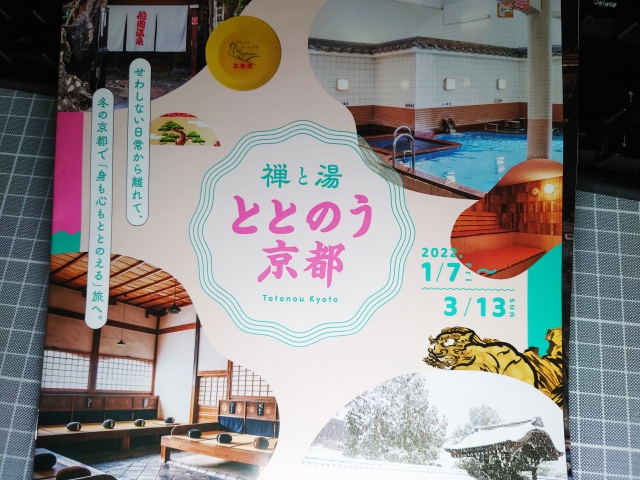
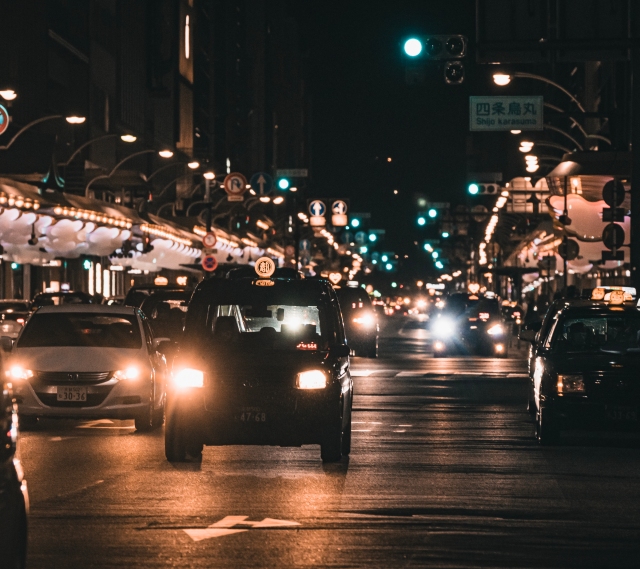
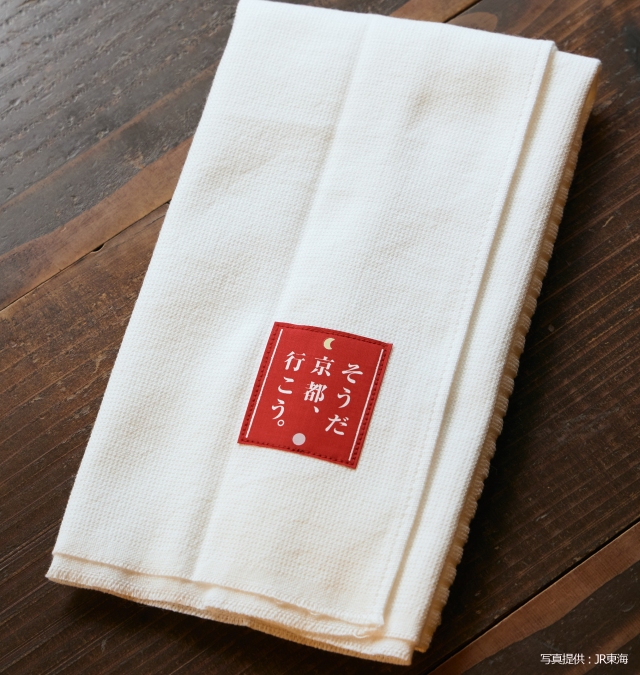
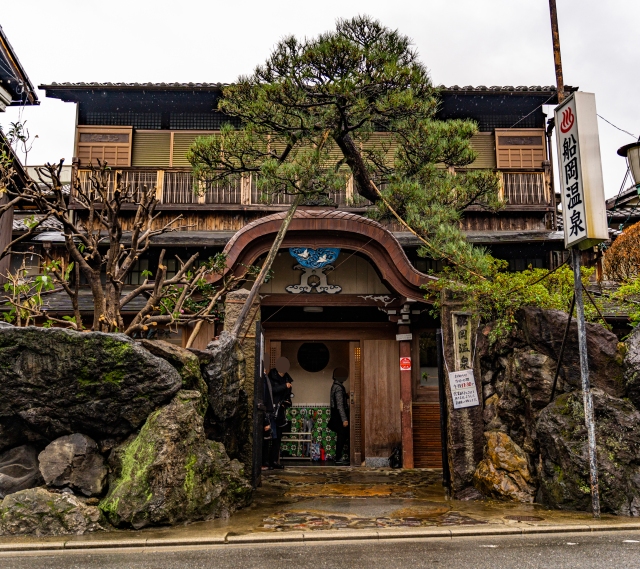
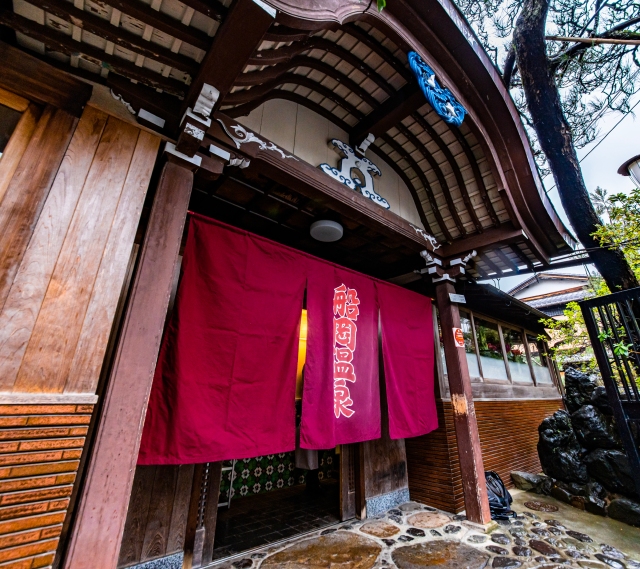
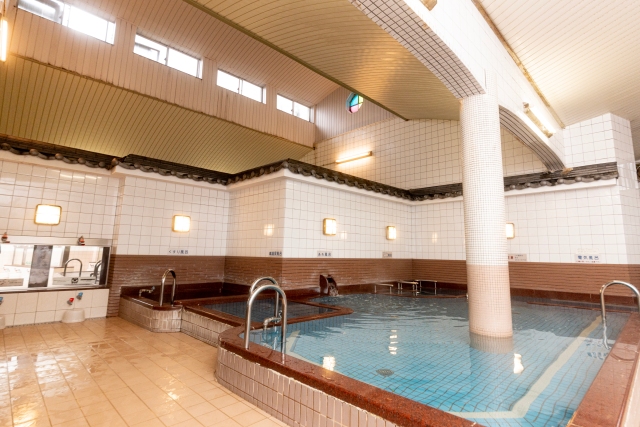

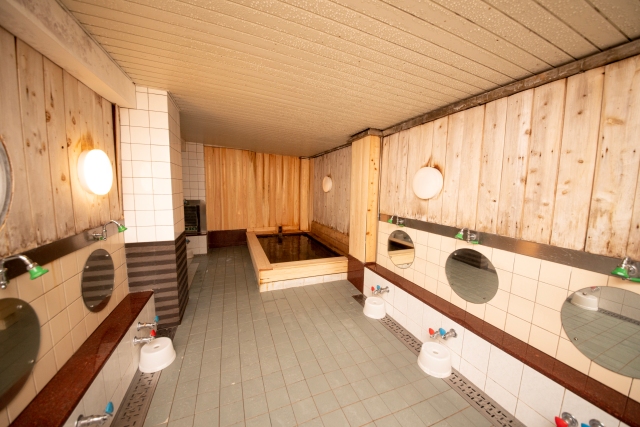
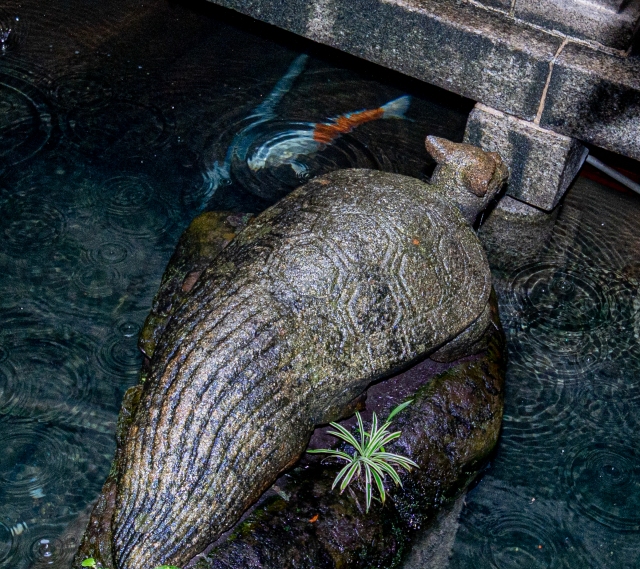
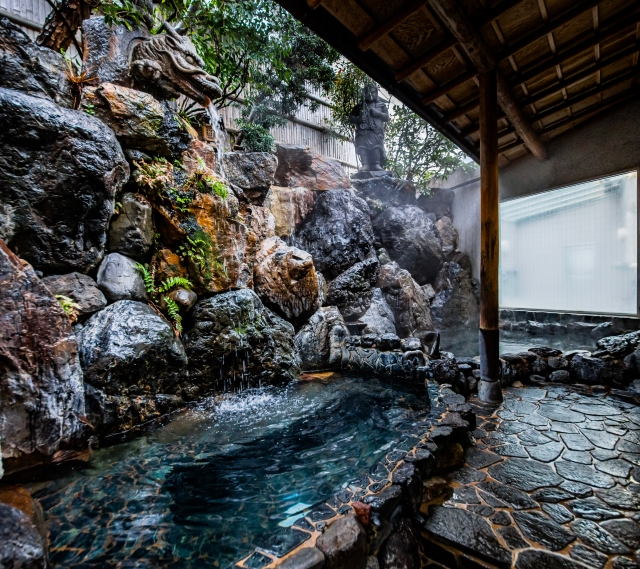
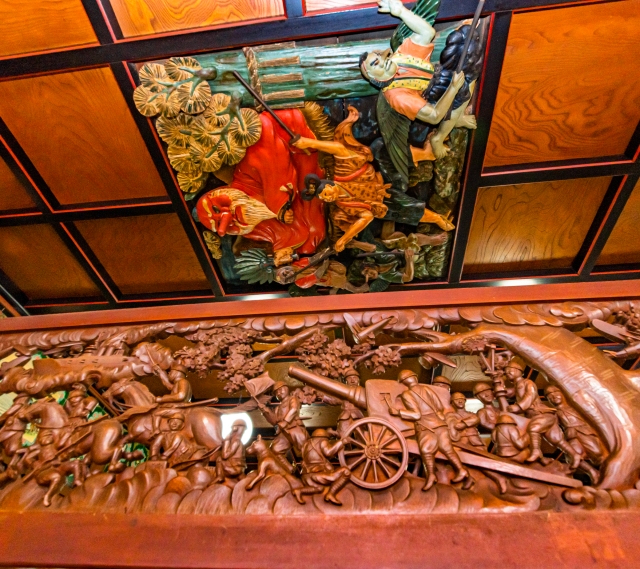
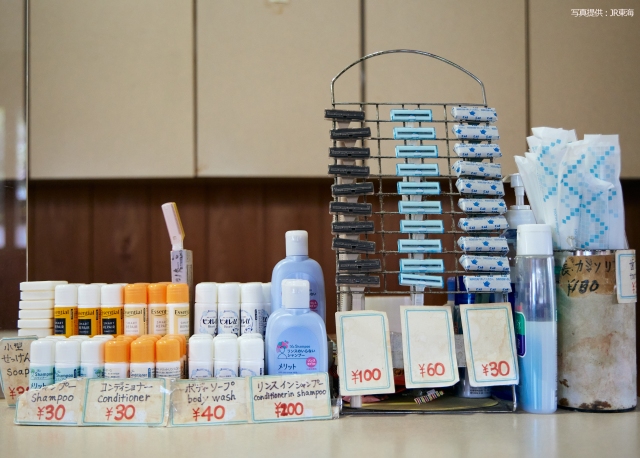
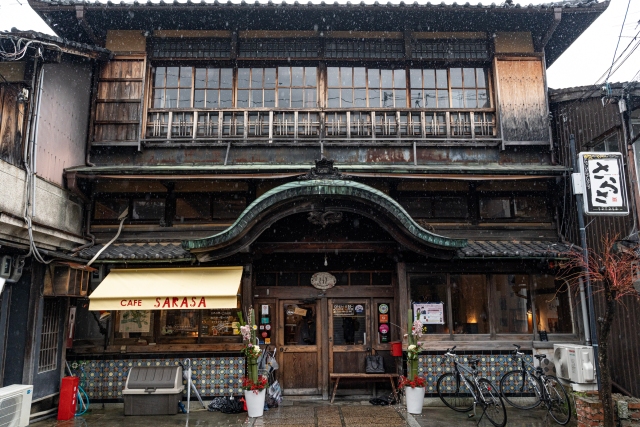
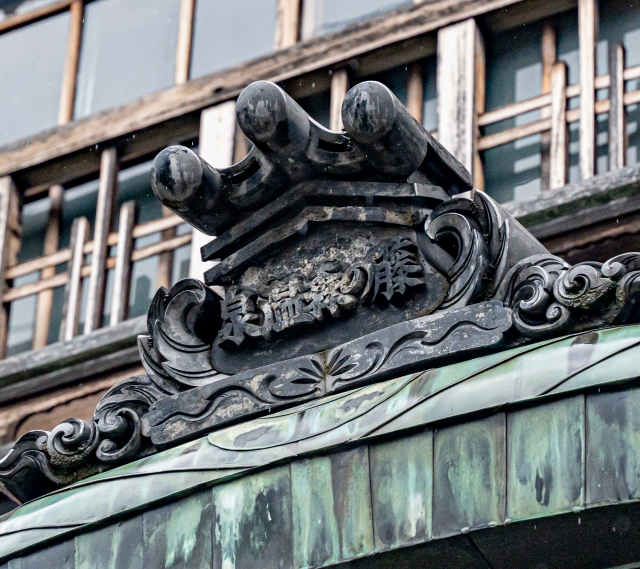
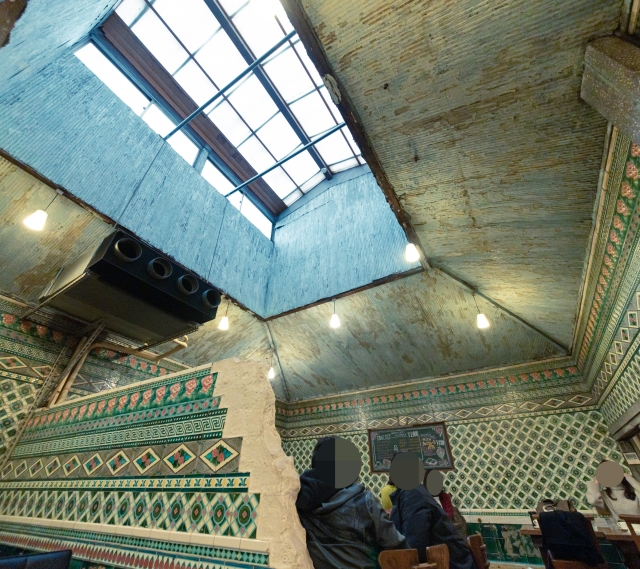
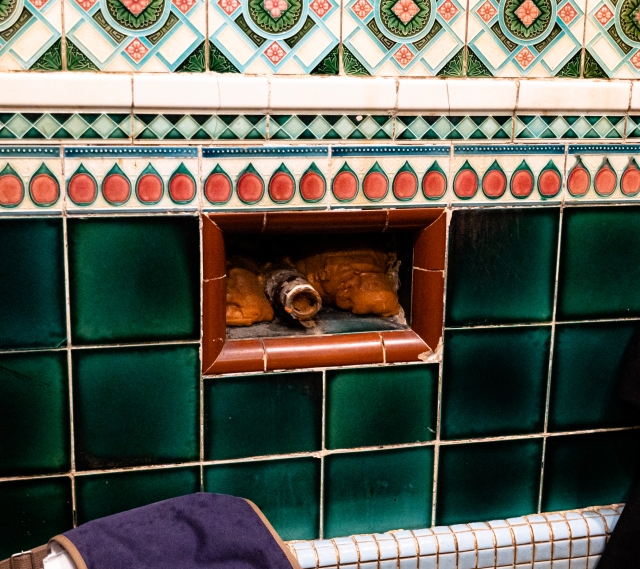
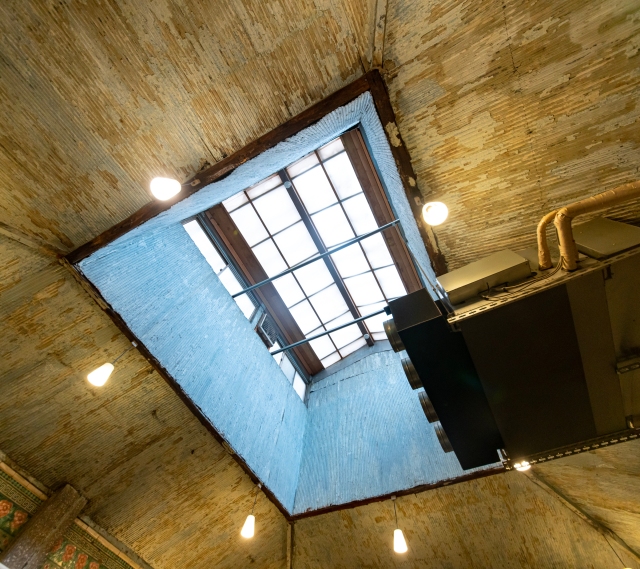
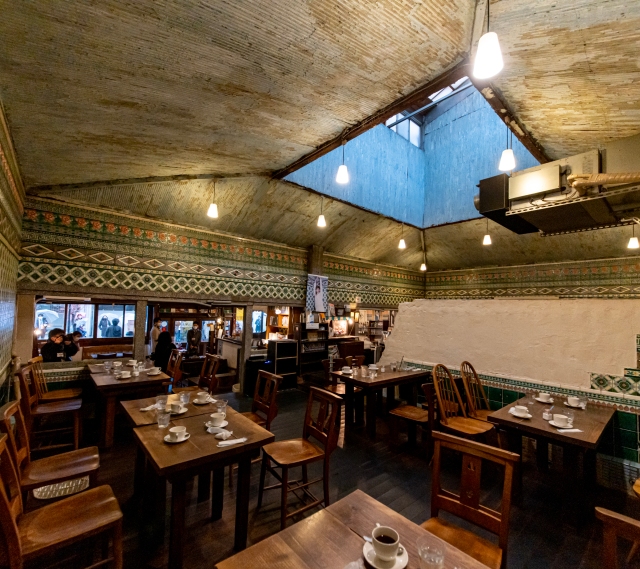
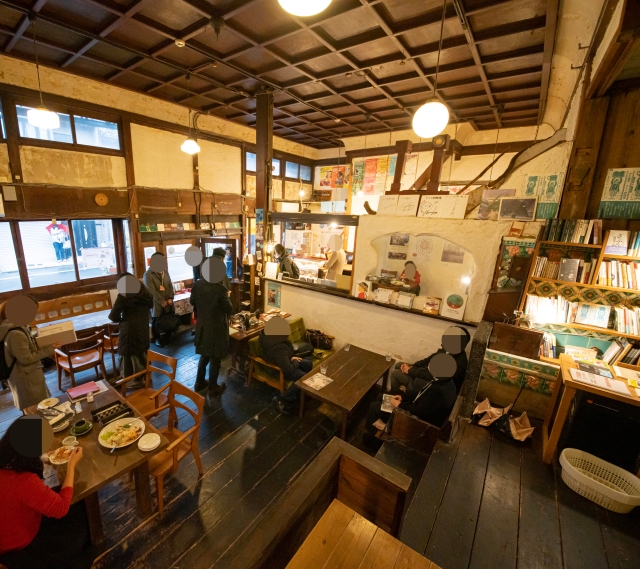
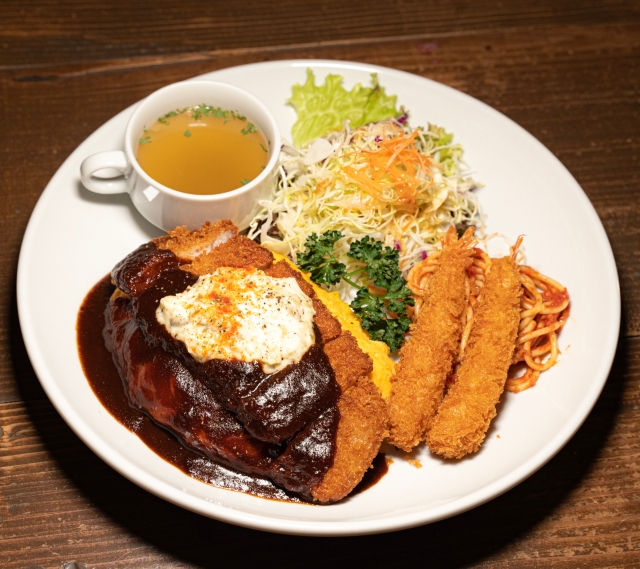
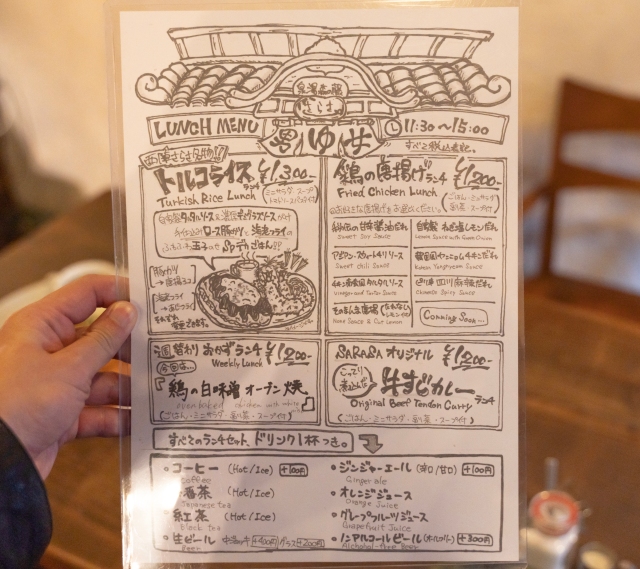
 Iconic Kyoto Tower bathhouse closes due to coronavirus
Iconic Kyoto Tower bathhouse closes due to coronavirus Miniature sento bathhouse range is this season’s must-buy gacha capsule toy collection
Miniature sento bathhouse range is this season’s must-buy gacha capsule toy collection Hot springs website reveals the most popular user-picked onsen in all of northern Japan
Hot springs website reveals the most popular user-picked onsen in all of northern Japan How not to bathe at a public bathing facility in Japan
How not to bathe at a public bathing facility in Japan Sink or drink? Japan celebrates arrival of this year’s Beaujolais Nouveau with special wine-bath
Sink or drink? Japan celebrates arrival of this year’s Beaujolais Nouveau with special wine-bath Japan’s new difficult-to-drink-from beer glass protects your liver, but it’s a brutal experience
Japan’s new difficult-to-drink-from beer glass protects your liver, but it’s a brutal experience Hello, cosmetics! Clinique teams up with Hello Kitty this summer for first-time collaboration
Hello, cosmetics! Clinique teams up with Hello Kitty this summer for first-time collaboration How to order snacks on a Shinkansen bullet train in Japan
How to order snacks on a Shinkansen bullet train in Japan Demon Slayer: Kimetsu no Yaiba gets new roller coaster attractions and food at Universal Studios Japan
Demon Slayer: Kimetsu no Yaiba gets new roller coaster attractions and food at Universal Studios Japan New samurai glasses are Japan’s latest weird must-have souvenir
New samurai glasses are Japan’s latest weird must-have souvenir Burger King Japan suddenly adds Dr. Pepper and Dr. Pepper floats to its menu nationwide
Burger King Japan suddenly adds Dr. Pepper and Dr. Pepper floats to its menu nationwide New Nintendo Lego kit is a beautiful piece of moving pixel art of Mario and Yoshi【Photos】
New Nintendo Lego kit is a beautiful piece of moving pixel art of Mario and Yoshi【Photos】 What do you eat when you catch a cold? We asked 11 of our Japanese reporters
What do you eat when you catch a cold? We asked 11 of our Japanese reporters High-fashion Totoro cuddle purse is like an elegant stroll in the forest【Photos】
High-fashion Totoro cuddle purse is like an elegant stroll in the forest【Photos】 Why Japanese doesn’t need swear words
Why Japanese doesn’t need swear words Nintendo history you can feel – Super NES, N64, and GameCube controllers become capsule toys
Nintendo history you can feel – Super NES, N64, and GameCube controllers become capsule toys “The most Delicious Cup Noodle in history” – Japan’s French Cup Noodle wins our heart【Taste test】
“The most Delicious Cup Noodle in history” – Japan’s French Cup Noodle wins our heart【Taste test】 Starbucks releases a cute Frappuccino and Unicorn Cake…but not in Japan
Starbucks releases a cute Frappuccino and Unicorn Cake…but not in Japan Kyoto Tower mascot termination reveals dark side behind cute Japanese characters
Kyoto Tower mascot termination reveals dark side behind cute Japanese characters McDonald’s Japan’s Soft Twist Tower: A phantom ice cream only sold at select branches
McDonald’s Japan’s Soft Twist Tower: A phantom ice cream only sold at select branches Yabai Ramen: What makes this Japanese ramen so dangerous?
Yabai Ramen: What makes this Japanese ramen so dangerous? Finally! Nintendo Japan expands Switch 8-bit controller sales to everybody, Online member or not
Finally! Nintendo Japan expands Switch 8-bit controller sales to everybody, Online member or not Japanese government wants to build luxury resorts in all national parks for foreign tourists
Japanese government wants to build luxury resorts in all national parks for foreign tourists To combat declining birth rate, Japan to begin offering “Breeding Visas” to foreigners
To combat declining birth rate, Japan to begin offering “Breeding Visas” to foreigners 10 things you should buy at 7-Eleven in Japan
10 things you should buy at 7-Eleven in Japan Studio Ghibli releases anime heroine cosplay dresses that are super comfy to wear
Studio Ghibli releases anime heroine cosplay dresses that are super comfy to wear Woman charged for driving suitcase without a license in Osaka
Woman charged for driving suitcase without a license in Osaka Studio Ghibli unveils My Neighbour Totoro miniature house model
Studio Ghibli unveils My Neighbour Totoro miniature house model Kyoto experiencing problems with foreign tourists not paying for bus fares, but not on purpose
Kyoto experiencing problems with foreign tourists not paying for bus fares, but not on purpose Fighting mild hunger with a Japanese soda that turns into jelly in the stomach【Taste test】
Fighting mild hunger with a Japanese soda that turns into jelly in the stomach【Taste test】 Studio Ghibli’s Howl’s Moving Castle tapestry unveiled in Japan for first time
Studio Ghibli’s Howl’s Moving Castle tapestry unveiled in Japan for first time McDonald’s new Happy Meals offer up cute and practical Sanrio lifestyle goods
McDonald’s new Happy Meals offer up cute and practical Sanrio lifestyle goods Sales of Japan’s most convenient train ticket/shopping payment cards suspended indefinitely
Sales of Japan’s most convenient train ticket/shopping payment cards suspended indefinitely Sold-out Studio Ghibli desktop humidifiers are back so Totoro can help you through the dry season
Sold-out Studio Ghibli desktop humidifiers are back so Totoro can help you through the dry season Japanese government to make first change to romanization spelling rules since the 1950s
Japanese government to make first change to romanization spelling rules since the 1950s Foreigner’s request for help in Tokyo makes us sad for the state of society
Foreigner’s request for help in Tokyo makes us sad for the state of society Ghibli founders Toshio Suzuki and Hayao Miyazaki contribute to Japanese whisky Totoro label design
Ghibli founders Toshio Suzuki and Hayao Miyazaki contribute to Japanese whisky Totoro label design Doraemon found buried at sea as scene from 1993 anime becomes real life【Photos】
Doraemon found buried at sea as scene from 1993 anime becomes real life【Photos】 Tokyo’s most famous Starbucks is closed
Tokyo’s most famous Starbucks is closed Princesses, fruits, and blacksmiths: Study reveals the 30 most unusual family names in Japan
Princesses, fruits, and blacksmiths: Study reveals the 30 most unusual family names in Japan Soup not soap: Japanese public bathhouses surviving by converting into retro-chic cafés
Soup not soap: Japanese public bathhouses surviving by converting into retro-chic cafés Kyoto in summer: A special trip to Kifune shrine recharges the soul
Kyoto in summer: A special trip to Kifune shrine recharges the soul We take a giraffe nap in a standing sleep pod at a cafe in Tokyo
We take a giraffe nap in a standing sleep pod at a cafe in Tokyo We enjoyed Saitama’s finest hot springs, saunas, and views for less than 3,000 yen
We enjoyed Saitama’s finest hot springs, saunas, and views for less than 3,000 yen Onsen hot spring with Mt Fuji views has one of the best rotenburo in Japan
Onsen hot spring with Mt Fuji views has one of the best rotenburo in Japan Soak in a sand bath in Beppu, Japan’s famous onsen region
Soak in a sand bath in Beppu, Japan’s famous onsen region 18 awesome overnight hot spring trips from Tokyo, and a quiz to help pick the best one for you
18 awesome overnight hot spring trips from Tokyo, and a quiz to help pick the best one for you Stay dry with Japan’s top 10 indoor attractions for rainy days, as voted by tourists
Stay dry with Japan’s top 10 indoor attractions for rainy days, as voted by tourists Tokyo hot spring allows guests with tattoos to bathe… with some very odd restrictions
Tokyo hot spring allows guests with tattoos to bathe… with some very odd restrictions 7 incredible Japanese destinations that tourists haven’t discovered yet
7 incredible Japanese destinations that tourists haven’t discovered yet Free literal forest bathing in Hokkaido is a hot spring experience you’ll never forget【Photos】
Free literal forest bathing in Hokkaido is a hot spring experience you’ll never forget【Photos】 Osaka hotel has amazing all-you-can-eat takoyaki and kushikatsu breakfast buffet
Osaka hotel has amazing all-you-can-eat takoyaki and kushikatsu breakfast buffet Pokémon x Mister Donut fukubukuro lucky bag is a very sweet way to ring in the new year
Pokémon x Mister Donut fukubukuro lucky bag is a very sweet way to ring in the new year The top five best multiple-hot-spring hotels in all of Japan
The top five best multiple-hot-spring hotels in all of Japan McDonald’s Japan gives us a taste of the anime world with new series of Gundam burgers
McDonald’s Japan gives us a taste of the anime world with new series of Gundam burgers A visit to the ordinarily forbidden hall of Nara’s Hasedera Temple【Photos】
A visit to the ordinarily forbidden hall of Nara’s Hasedera Temple【Photos】
Leave a Reply